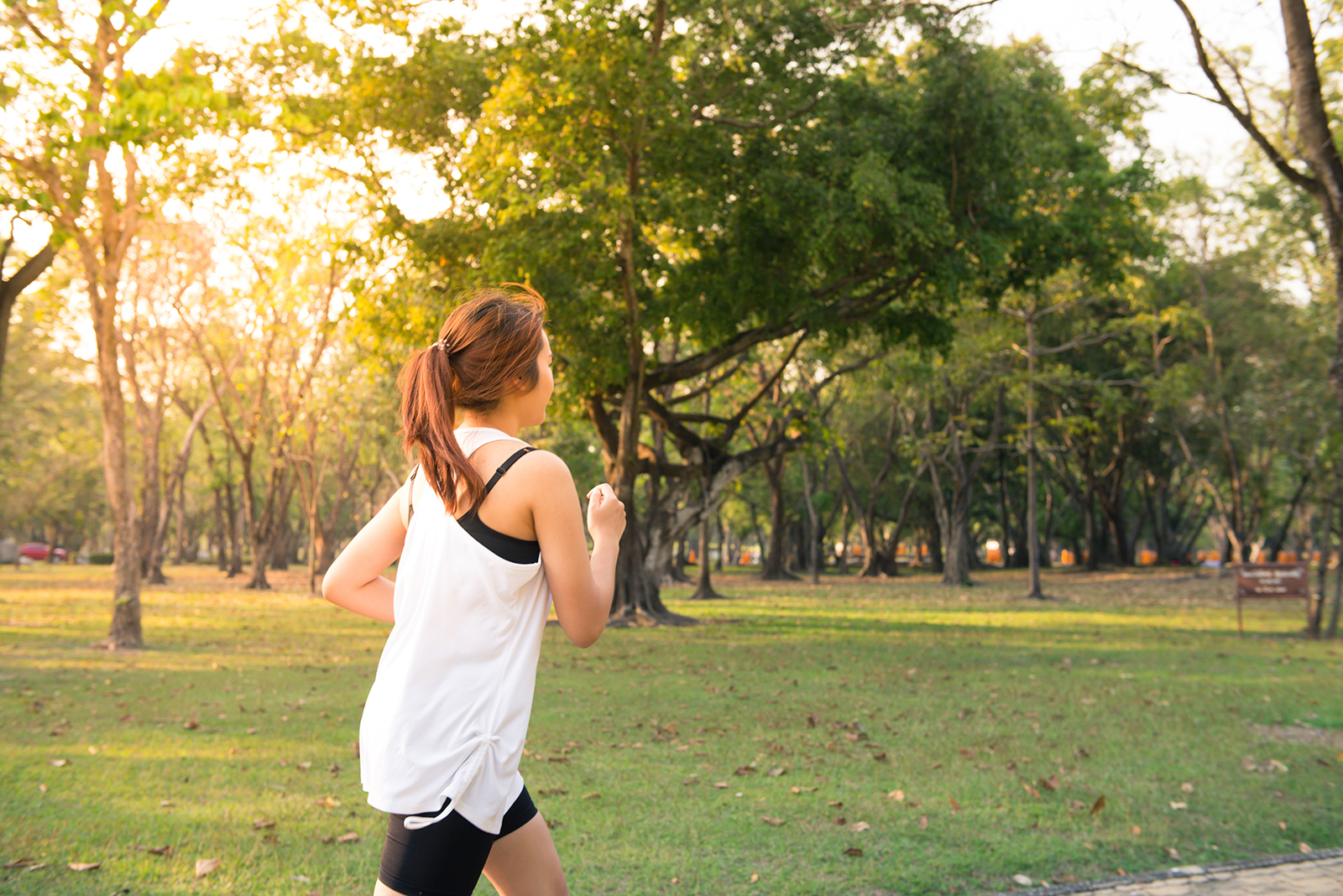Why Working Out Is Vital For Your Immune System

In the midst of a pandemic, working out and staying active is more important than ever.
Health is at the forefront of everyone’s minds as of recently. Due to COVID-19, or coronavirus, many of us are taking extra precautions to ensure that we stay healthy and avoid getting sick. From wearing masks outside our homes to compulsively washing their hands, routines have changed to include precautionary measures. Still, there are a lot of questions regarding what helps or hurts you in your defense against sickness.
Many of us know vitamins and good hand hygiene are contributing factors to staying healthy, but an underutilized immunity booster is as simple as just moving — getting active and exercising.
Exercise has amazing benefits both mentally and physically. Mentally, sticking to a workout routine leads you to feeling accomplished, focused and less stressed. Studies have even shown that working out can lessen the symptoms of depression. So, some of the quarantine-induced anxiety and depression that people are feeling can even be alleviated through working out.
When you’re in a stressful situation — such as quarantine — the adrenal gland is constantly releasing cortisol. Cortisol is the steroid hormone that is related to stress, so when levels rise, you’re more likely to experience a greater amount of stress-related anxiety and depression. A good sweat releases endorphins, dopamine, serotonin and norepinephrine into your bloodstream, which are vital in mood regulation. These can help create feelings of happiness rather than stress.
Physically, during a workout, your vascular and lymphatic systems are increased. This allows blood to constantly circulate to all of the body’s organs, keeping them oxygenated and increasing the functionality of lymph nodes. When the body gets an invader (i.e. coronavirus), the body has to work hard to get the right cells, like neutrophils and phagocytes (white blood cells), to the source. But if the body is used to pumping blood throughout the body due to exercise, it’s more sufficient in catching the invader, and the white blood cells can do their job more quickly, getting the virus out of the body.
However, you may come across statements that the types and intensities of the workout may affect just how helpful it is to immune systems. For example, there are claims that over strenuous workouts can actually harm the immune system rather than help it. While this idea was popular once upon a time, it has since been debunked. Dr. Dixie Stanforth, associate professor of instruction in the Department of Kinesiology and Health Education at the University of Texas at Austin, explains that it generally only applies to either very high intensity or very long duration exercise, and most people are not currently exercising long or hard enough for this to be a concern.
“The general consensus is that if the workout hasn’t caused you to become hypothermic (elevated core temperature) or hypoglycemic (low blood glucose/glycogen stores), it’s probably not an issue or relatively minor impact,” Stanforth says.
So, if you can, getting up and being active will benefit you, not hurt you. The Physical Activity Guidelines for Americans published by the United States Department of Health and Human Services suggests doing 150-300 minutes of moderate-intensity, aerobic activity and two sessions of muscle training every week. Even if it’s just a few minutes every day, a little can go a long way.
Like much of the world, Austin has seen closures of gyms, pools and trails — places where many people perform their daily or weekly workouts. But even if you’re hunkered down at home, there are still several ways you can get your steps in or at least move. People are finding new ways to work out — walking or running in their neighborhoods, lifting bags of rice instead of weights and following along to live-stream workout videos or new apps.
Stanforth says that one way she keeps herself moving when working from home is by being “intentionally inefficient.” At work, the copy machine is 100 meters away from her, but at home, where her space is more limited, she is still trying to get moving.
“Being inefficient isn’t usually the way I roll,” Stanforth says, “but I am trying to make myself make more trips, going back and forth to get something and then back again for something else, all just to get more steps in!”
Stanforth also gives tips for when you’re binge-watching Netflix. If you’re going through a show, promise yourself to get up and move when you fast-forward or during the theme songs. Set a timer or watch the clock to get yourself moving every 30 minutes.
“A body at rest tends to stay at rest,” Stanforth says. “You can overcome the inertia by building movement into your day.”






